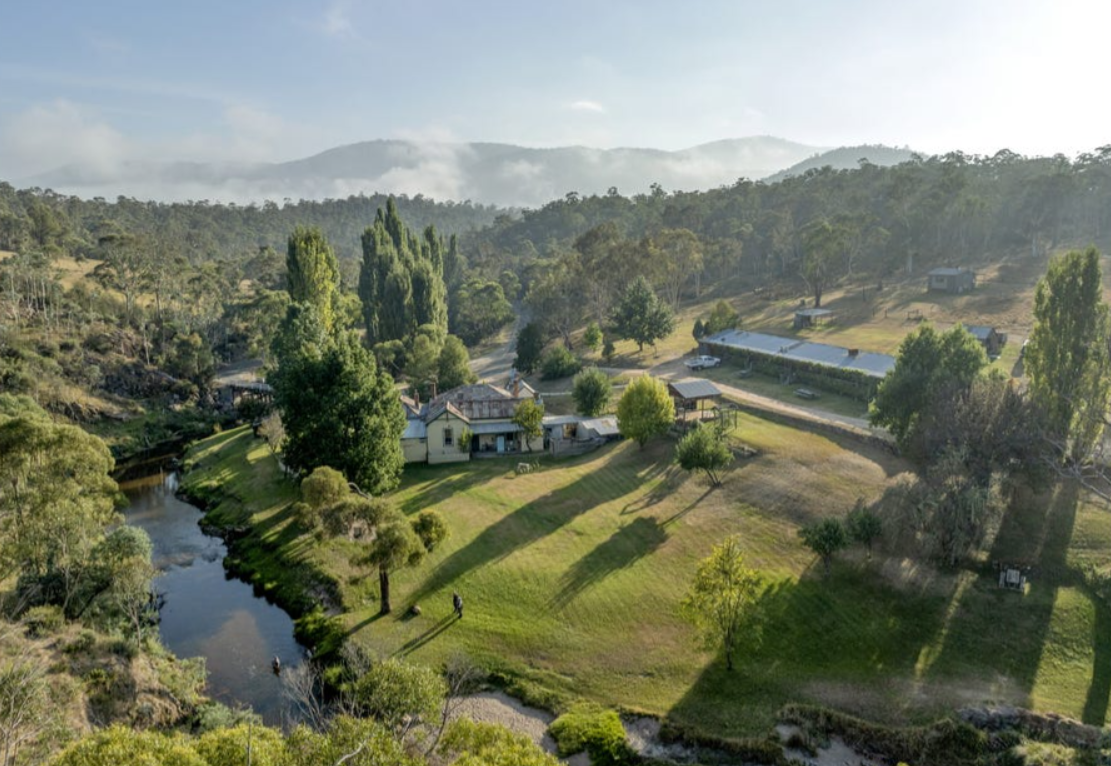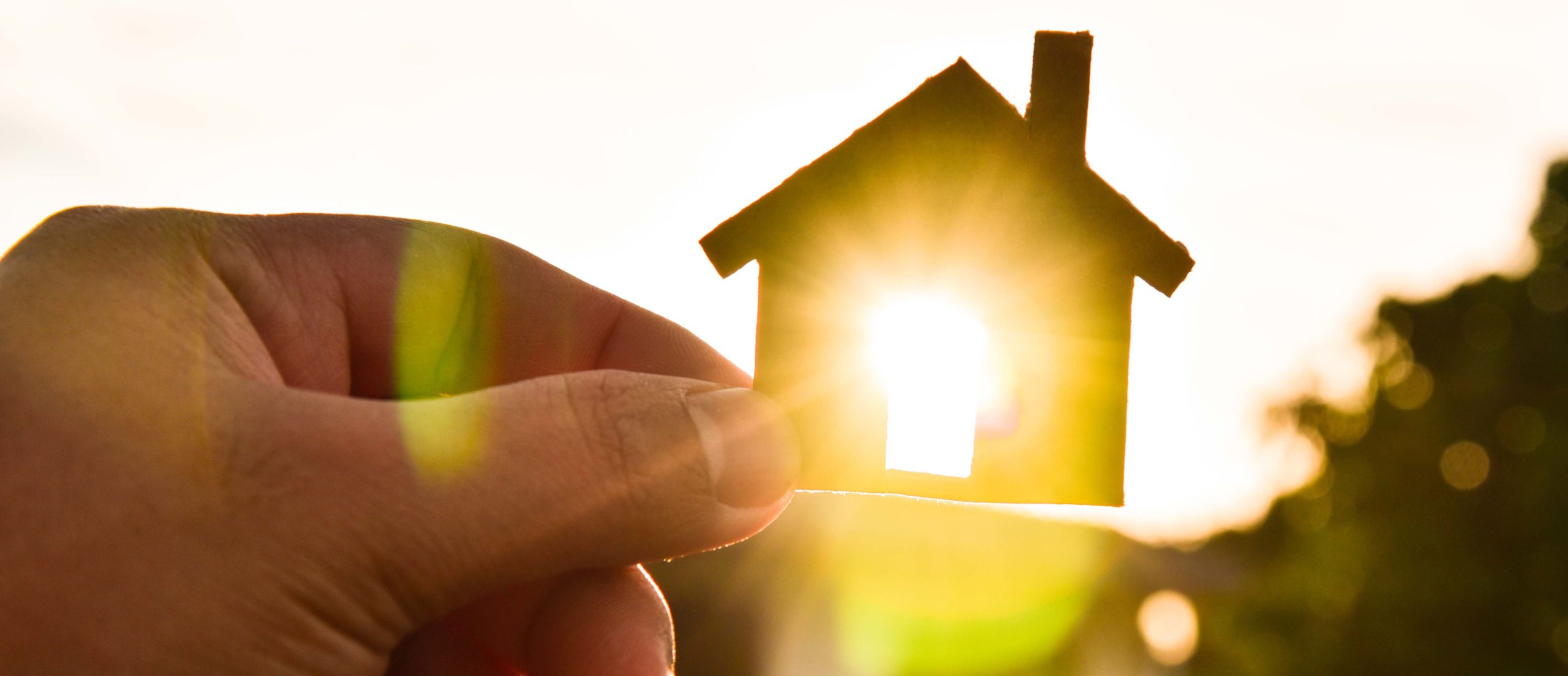The views and opinions expressed in this article are those of the author and do not necessarily reflect the views of BrickX.
As a young professional, the burden of saving and investing has never felt greater.
My goal is to save for the future, but I also want to enjoy my 20s without feeling like I’m missing out on social activities and travel.
The typical savings advice I often hear is to bring your own lunch to work, skip the daily coffees, and say ‘no’ to brunching on the weekends.
While these sacrifices may be necessary, if you are saving for something significant like a house deposit, there are some lower hanging fruit that could save you a substantial amount. The best part – you don’t necessarily have to change your lifestyle!
Here are 10 ways I used to save over $3,000 in a year:
1. Shop along the ends of the supermarket aisles
The supermarkets are having their price war so I took advantage of it by shopping the specials that Coles and Woolies advertise at the beginning and ends of isles. I also snagged up to 50% off the normal price for things like toilet paper, laundry detergent, tooth paste, rice, chips and taco kits as well as stocking up on the staples, rather than buying things I didn’t need.
My average savings $15/week = $780 p.a.
2. Always check the unit price or price/100g
When comparing the price of products, I always looked at the unit price to know if I was getting the best deal. Usually loose fruit and vegetables are cheaper than packaged e.g. buy spinach, capsicum and mushrooms that aren’t in the plastic packs. It’s also better for the environment! You are literally paying more just for the packaging. I looked out for the “imperfect” fruits and veg too – they taste great even if they look a bit wonky!
My average savings $4/week = $208 p.a.
3. Book flights on sale
I was flexible on where I went on holidays or gave myself a month to monitor how prices were moving. By finding a sale fare, I was able to save hundreds of dollars with just one click. I used apps like Hopper to help know if I was getting a good one.
My average savings $300/trip = $300 p.a
4. Discounted coffee/lunch
Apps like HeyYou offer daily discounts to coffee shops and lunch stores. I was flexible on where I went depending on what was on offer. Many food courts do half priced lunch after 2pm too – you’ve got to love that half-day-old sushi.
My average savings $2/day = $480 p.a
5. Ditch the gym membership for some fresh air exercise
I got my friends together to stay motivated. YouTube tutorials and apps (some paid) were a good alternative to those expensive yoga classes.
My average savings $15/week = $780 p.a
6. Renegotiate your mobile plan
Mobile data plans get cheaper every year so I checked that I was getting a good deal. I recently changed sim-only plans and not only did I get $10 off my monthly bill, I gained an extra 10GB of inclusions (saves me $10 in excess fees).
My average savings $20/month = $240 p.a
7. Keep your own herb garden and plant your shallots
Herbs are expensive and don’t keep well in the fridge. By keeping my herbs planted, I used them whenever I cooked and didn’t have to worry about them wilting away in the fridge. Shallots still have the roots attached so I just planted them in soil so they stay perky and fresh.
My average savings $3/week = $156
8. Train travel during off-peak times
This varies state-by-state but in Sydney if I tapped off outside of peak times (7-9am and 4-6.30pm weekdays) to get a 30% discount on the fare. That’s a saving of $1.50 each way on trips.
My average savings $8/week = $384 p.a
9. Don’t buy things you don’t need
Before I buy an article of clothing I ask myself, “Do I own anything that I could wear instead of buying this?”
10. Ask your friends/family if you can borrow their underutilised stuff
Clothes, power tools, camping equipment and kitchen appliances can be expensive and often just sit around so they can be shared easily.
Bonus Tip: The Boots Theory – buy once, buy quality
I always try to calculate my Total Cost of Ownership (TCO). Goods may be cheap but if you have to replace/repair them 3 times then you might be better off buying a better quality, more expensive version.
There you have it – my top savings tips. I’d love to hear yours – leave them in the comments below.
Cheers,
Sibel
Strategy & Partnerships, BrickX





I agree with Sibel’s approach to save money from offers and discounts and be watchful with what is going around. I kind of did most of the things above and I micro invested the savings as and when the arose in micro investing platforms like Brickx and Raiz so that they start working in the background. Thanks for the article Sibel!!!
Some clever ideas in here that I hadn’t thought of! Especially traveling off-peak and monitoring for cheap travel destinations when flexible 🙂